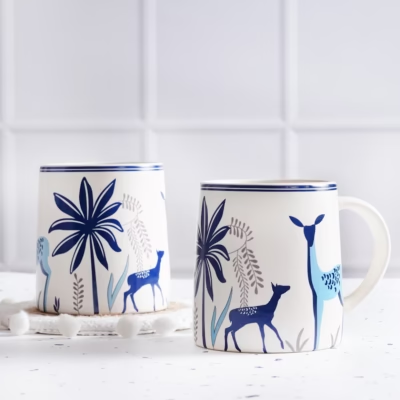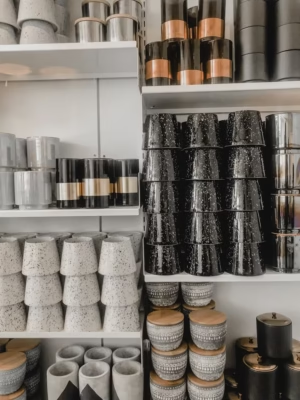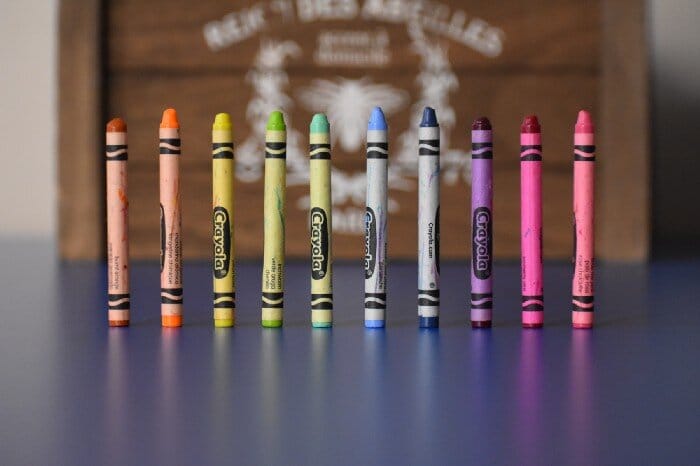Kintsukuroi
After a manic episode, Laura found herself in a mental health crisis center diagnosed with bipolar disorder. As she puts the pieces of herself back together, Laura likens her journey to the practice of kintsukuroi—more beautiful for having been broken.

Story
For years the word kintsukuroi kept popping up in posts, conversations, and images. So I dug a little deeper into its meaning and history.
The pottery of my life was broken and battered from a very young age, and I was constantly working to keep it together.
Kintsukuroi is the Japanese art of repairing damaged pottery with gold or silver lacquer, with the result being more beautiful for having been broken. This word definitely resonates with me. My challenging and unpredictable journey of mental health challenges started at a very young age, as early as two or three years old. I suffered from severe depression and anxiety for much of my childhood and teenage years. Childhood trauma was a likely cause of the depression and anxiety, along with genetic tendencies. The pottery of my life was broken and battered from a very young age, and I was constantly working to keep it together.
I also struggled with bullying and feeling left out for many years, and life was a bit of a roller coaster ride. Day to day, my sleep was erratic. I regularly pulled all-nighters for tests and papers, but I finished at the top of my class in grade school and high school even while dealing with persistent, undiagnosed mental health struggles and extreme self-doubt.
College was the next step, but the second semester of my freshman year, a mental health crisis ensued after a knee surgery and weeks of limited sleep. I felt like I was on top of the world, but others started seeing troubling signs. My dad and aunt came to pick me up, but before leaving, I let them know I had to leave messages for everyone first. I wrote quotes and drawings all over my dorm room walls. I also ran around campus to say goodbye to everyone. I remember I was wearing shorts and a tank top and no shoes, even though it was February and very cold.

When we arrived at the mental health crisis center, I was quickly “302’d”–mandated for an involuntary mental health assessment stay. All of a sudden, I was imprisoned in an inpatient psychiatric ward, and for the first time, I heard the diagnosis of bipolar or “manic depression.” I felt misunderstood. I just needed to get some more sleep, and then I had to get back to my mission of changing the world!
Memories of my weeks-long stay are hazy. I do remember the anger, injections of heavily sedating meds in the rear, being strapped down and lying in my own excrement, feeling like a tortured animal, ping pong and other games, trying to escape a few times, awful food, and group sessions with many who were practically catatonic. I remember trying to help all the other patients. Most of them were being monitored for attempted suicides, whereas I could see every reason to live and thrive and find joy in everything. I annoyed some with my rapid talking and endless positivity, but there were others I helped escape the darkness of their thoughts. My exuberance and energy overflowed and allowed bright pinpoints of light to enter their darkness.
The trauma of that hospitalization–and the harsh hit of the bipolar diagnosis–smashed the pottery of my life yet again.
I had the appearance of having some control, but I had none.
When I finally came down from the mania, I fell into about six months of extreme depression. I finally decided to return to school. I was still struggling with medication issues and side effects, depression, and hypomania. But somehow I graduated with high honors and both a BS and a BA, as well as studying abroad in Spain. Amidst the accomplishments and amazing adventures, however, life continued to throw me around on an extreme bipolar roller coaster ride. I had the appearance of having some control, but I had none. I didn’t know who I was or what I wanted. I was trying to rebuild the pottery of my life, but it was continually pummeled by mental health challenges and life’s curveballs. 
Since then, I’ve managed to achieve periods of stability. There are definitely times that I struggle and really need to leverage my support network and coping strategies to survive. But there are also times when I’m feeling better, and my bowl feels repaired, solid, and never to be broken again. When I first thought about this metaphor, I approached it as a beautiful, whole pottery bowl that’s been repaired and can be displayed in its shining glory. But that’s not life. Healing from trauma is not linear, and the challenges that life throws our way—as well as the joyful, incredible moments—all affect our beautifully repaired, newly perfect pottery.
Life won’t let us just sit on a shelf untouched.
Life won’t let us just sit on a shelf untouched. Sometimes a piece, or quite a few pieces, may get knocked off and need time, energy, self-care, and support to repair. Sometimes the whole bowl may get knocked off and shattered again. I want to believe mental health challenges won’t severely impact my life again. I want to think I’ve healed from all my trauma, but I have to remember it’s all a process and a lifelong journey.

Part of my journey is keeping up with my sleep, which is critical for me. My significant other is very helpful with keeping an eye on my sleep when my thoughts and speech seem to be racing. My family and friends have been so supportive, and I’ve learned to be honest with my close support network.
Guided meditation, mindfulness, and yoga help me to calm my mind and stay focused in the here and now instead of the storm of anxiety, darkness, and worry. Deep breathing and grounding techniques also help me be in the moment. I see a therapist as needed and can increase sessions when I’m having a challenging time.
Getting out for a walk or a gentle jog helps me to focus on the world around me and clear my head. In-person and online peer support groups allow me to connect with others and not feel so alone. I’ve learned so much from my peers. Some of my closest friends are from my support groups.

I see a myofascial release specialist for chronic pain, and I’m continually surprised by how many of the knots and tight spots in my body have housed traumatic memories and experiences for many, many years. We’ve worked together as those experiences have been released, and I’ve taken time to process them and heal.
I know these coping strategies can sound like a lot of work, but all these steps of self-care have really helped me to live well with my bipolar and chronic pain.
I think of kintsukuroi as a beautiful, repeatable, healing process. I wouldn’t want to relive some of my most awful traumas, depressions, and struggles and wouldn’t wish them on my worst enemy, but I also wouldn’t change any of it. I’m happy—most days—to be who I am and to be able to love and serve others because of the struggles I’ve faced and overcome.
About the contributor
Laura Riordan lives in the Philadelphia suburbs with her significant other and their blended family of six kids. She has facilitated meetings and participated on the board of a local Depression and Bipolar Support Alliance (DBSA) group since 2003. She also loves to volunteer with Free Mom Hugs.